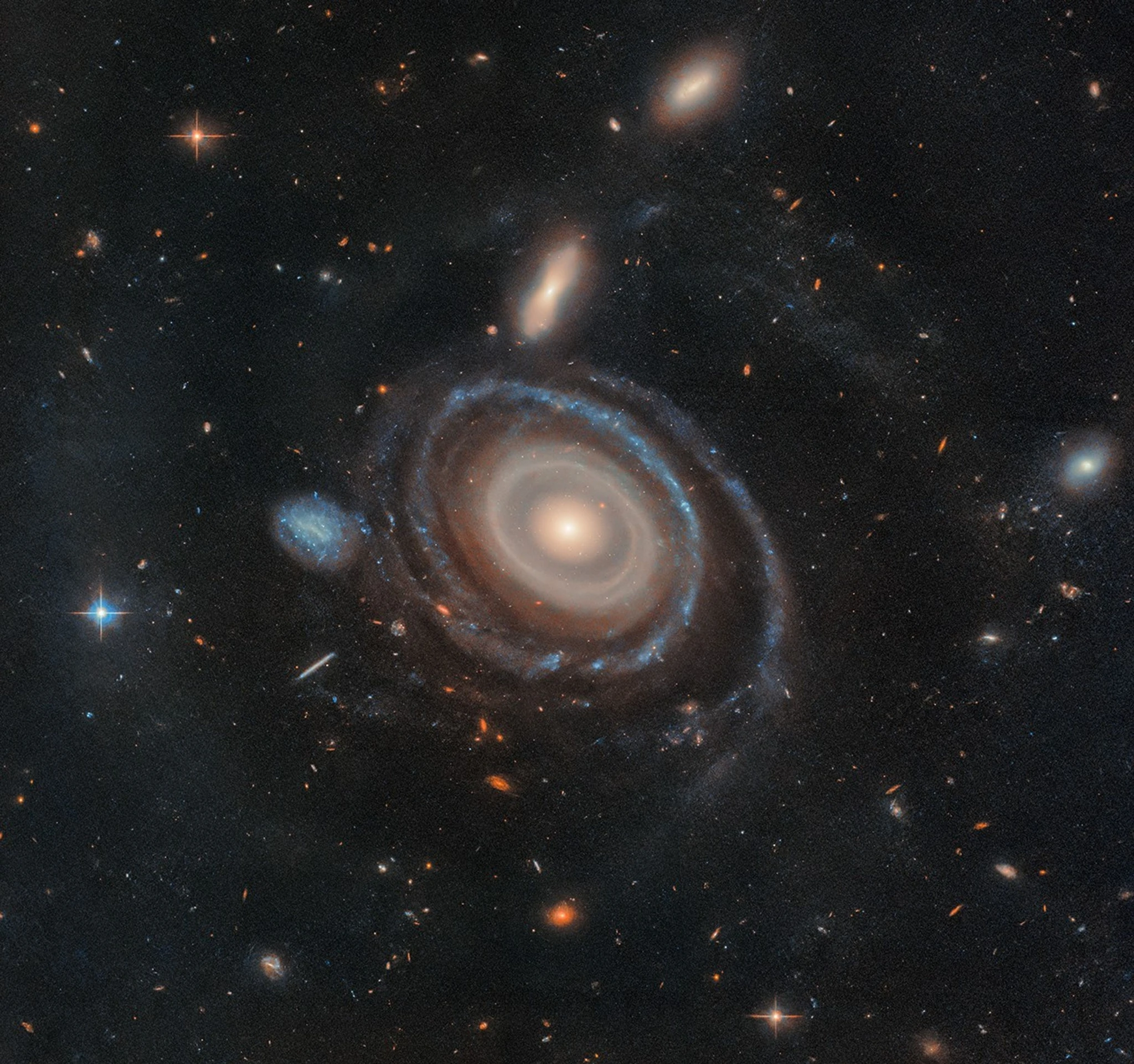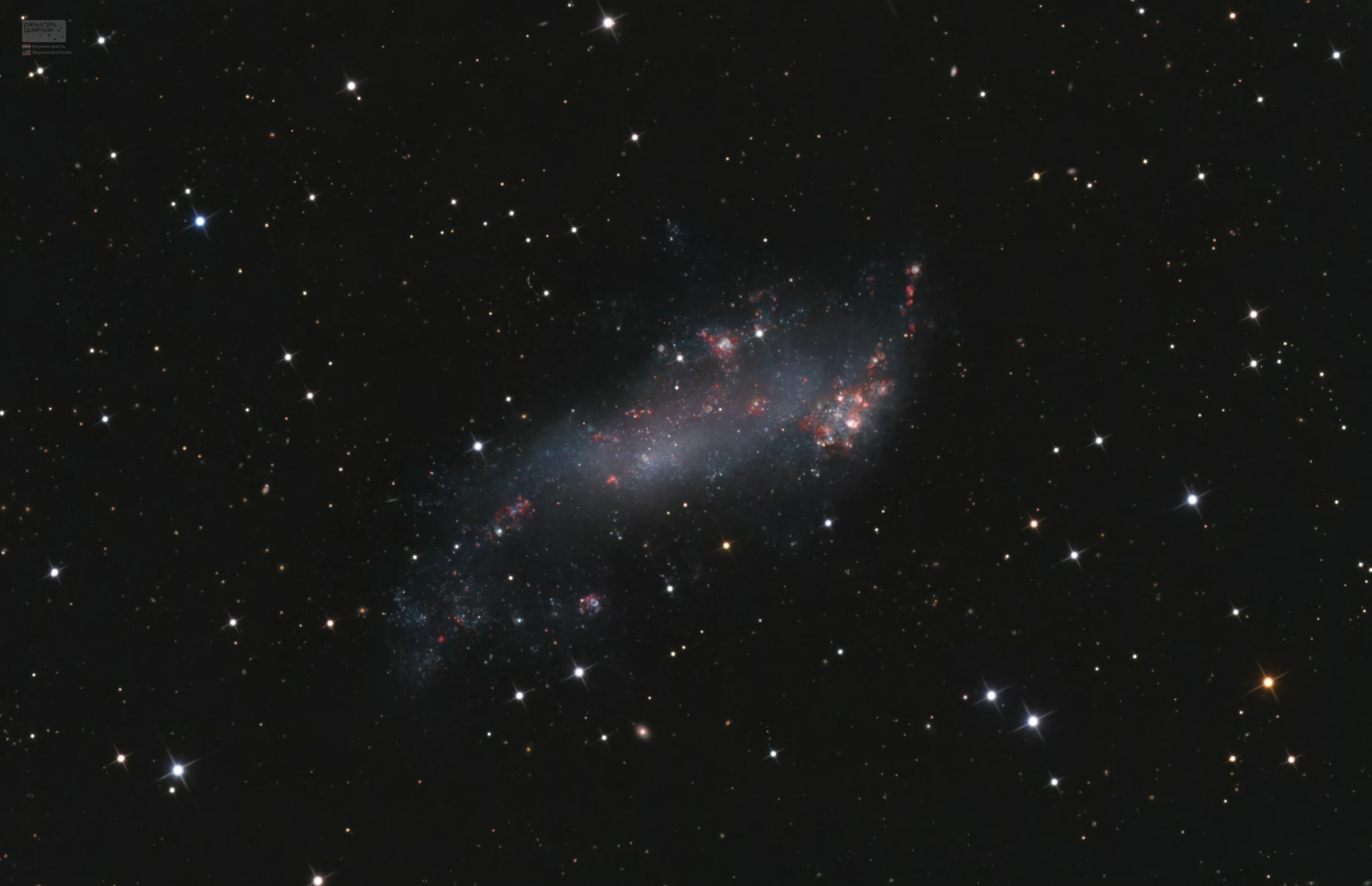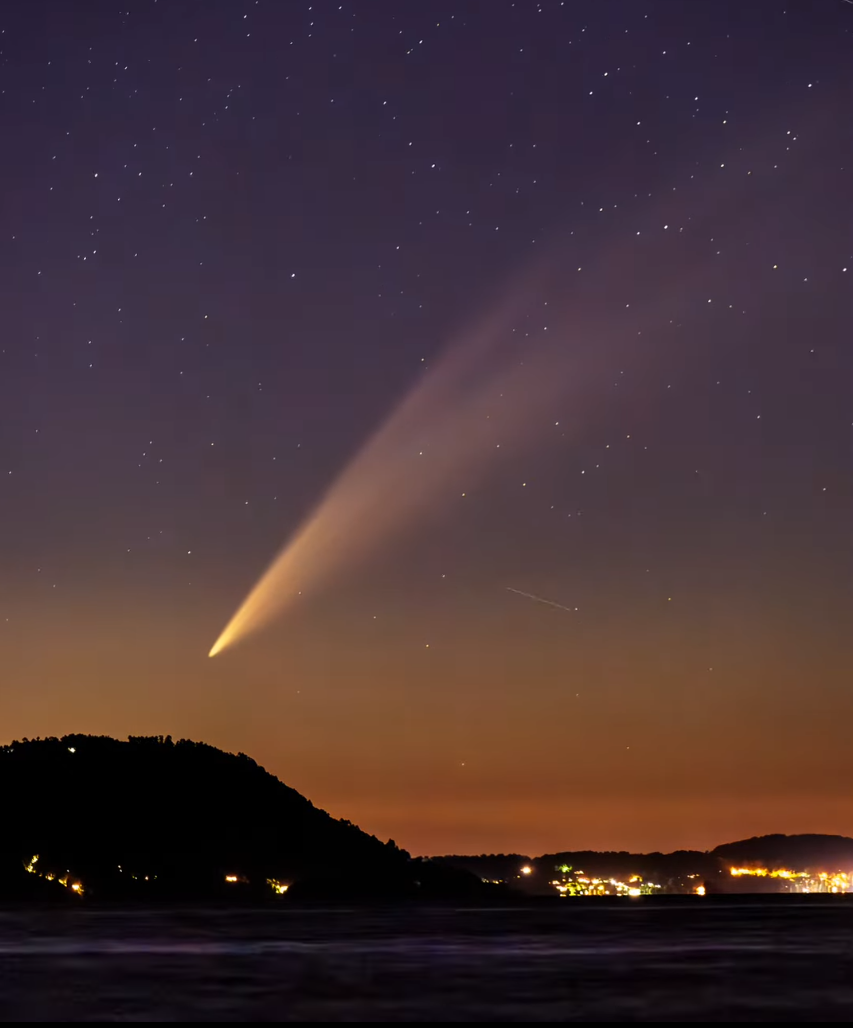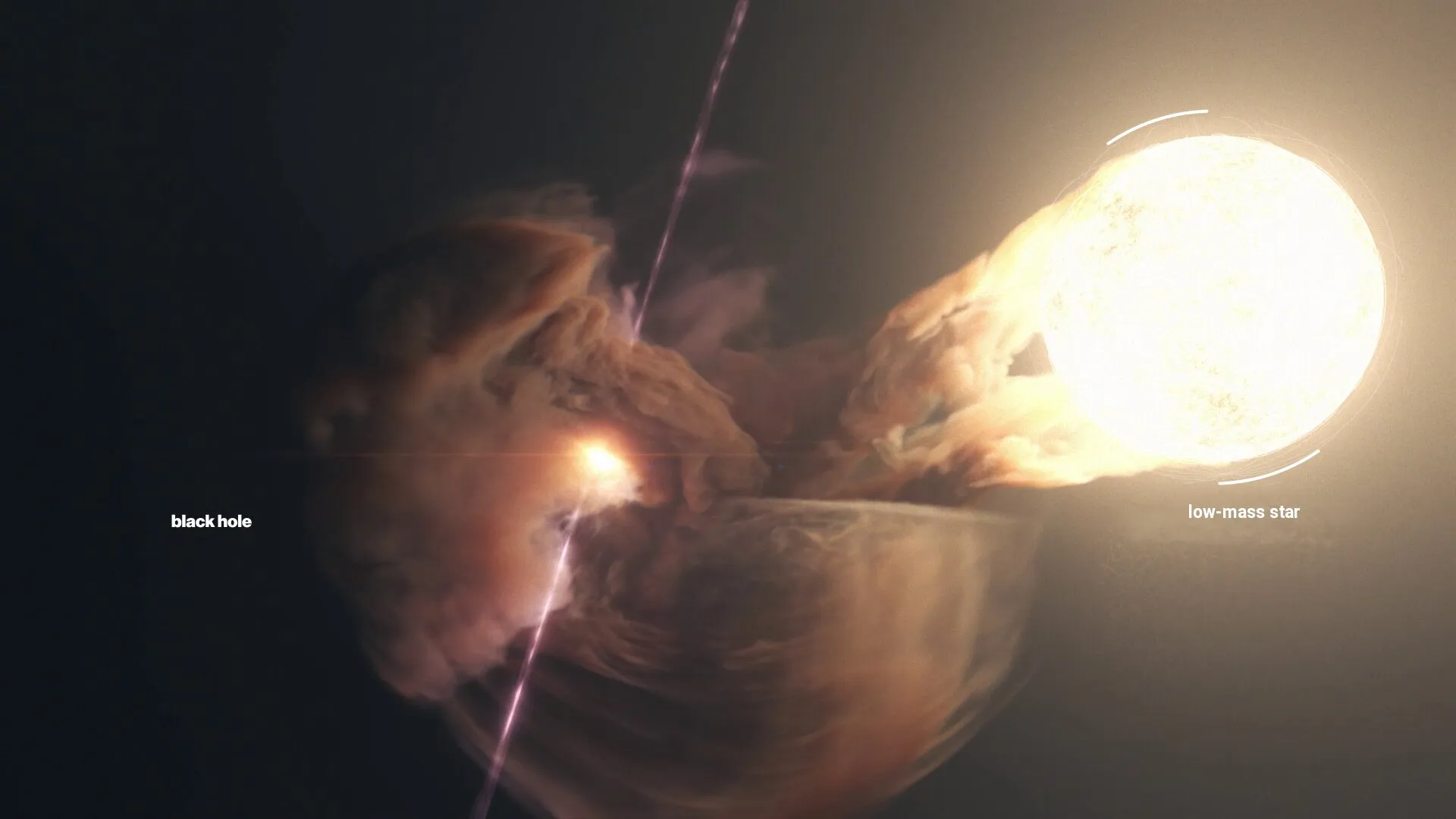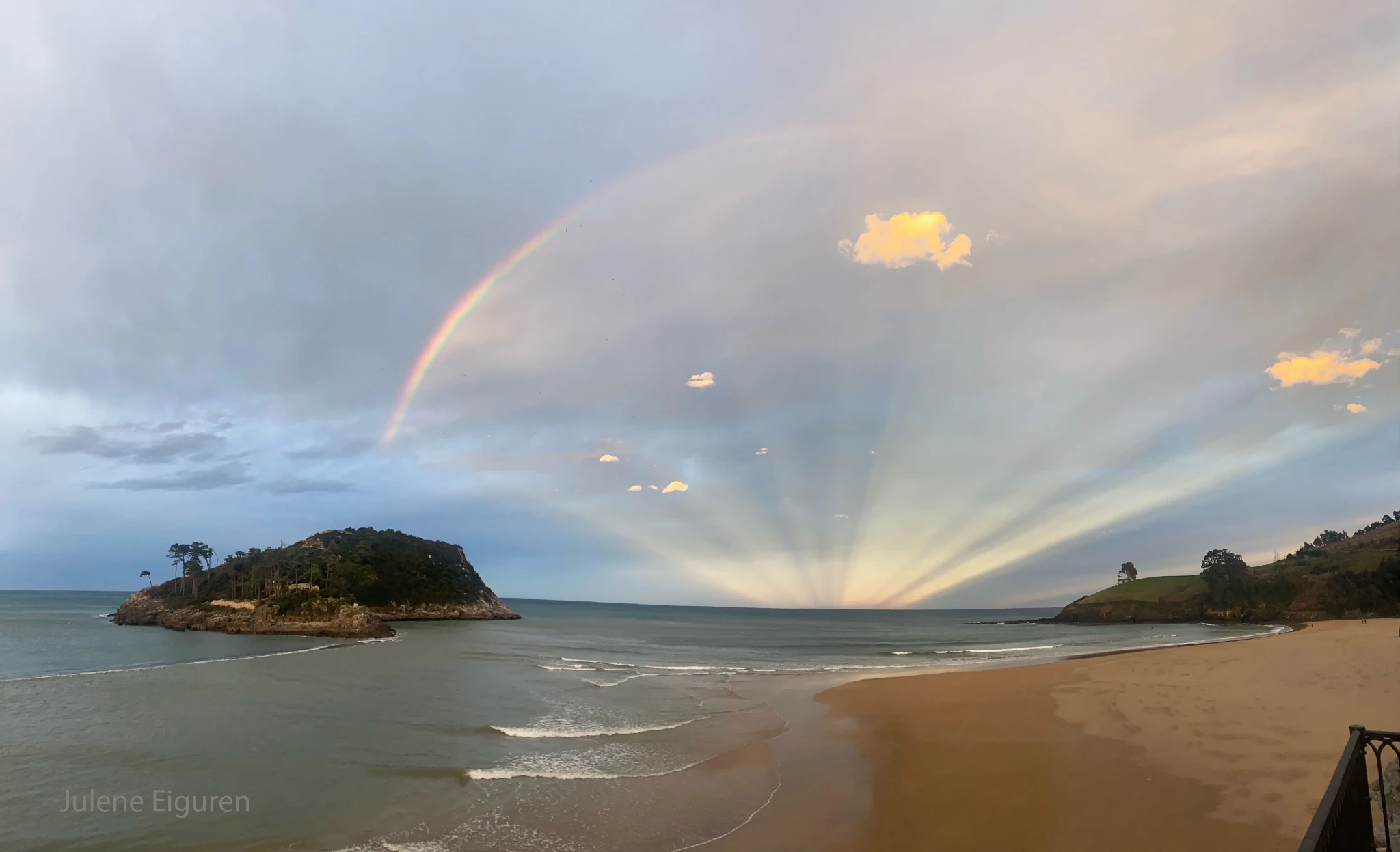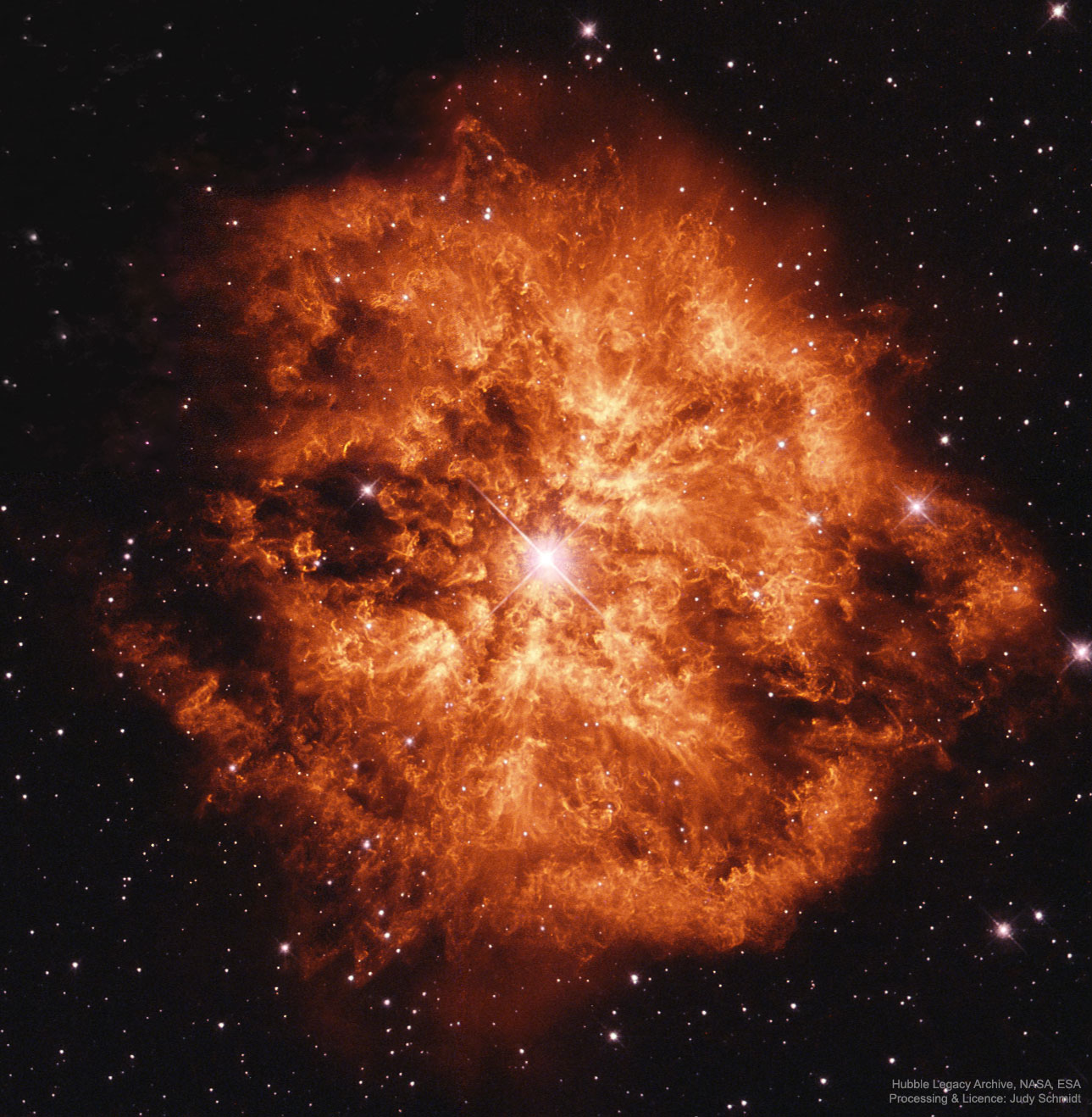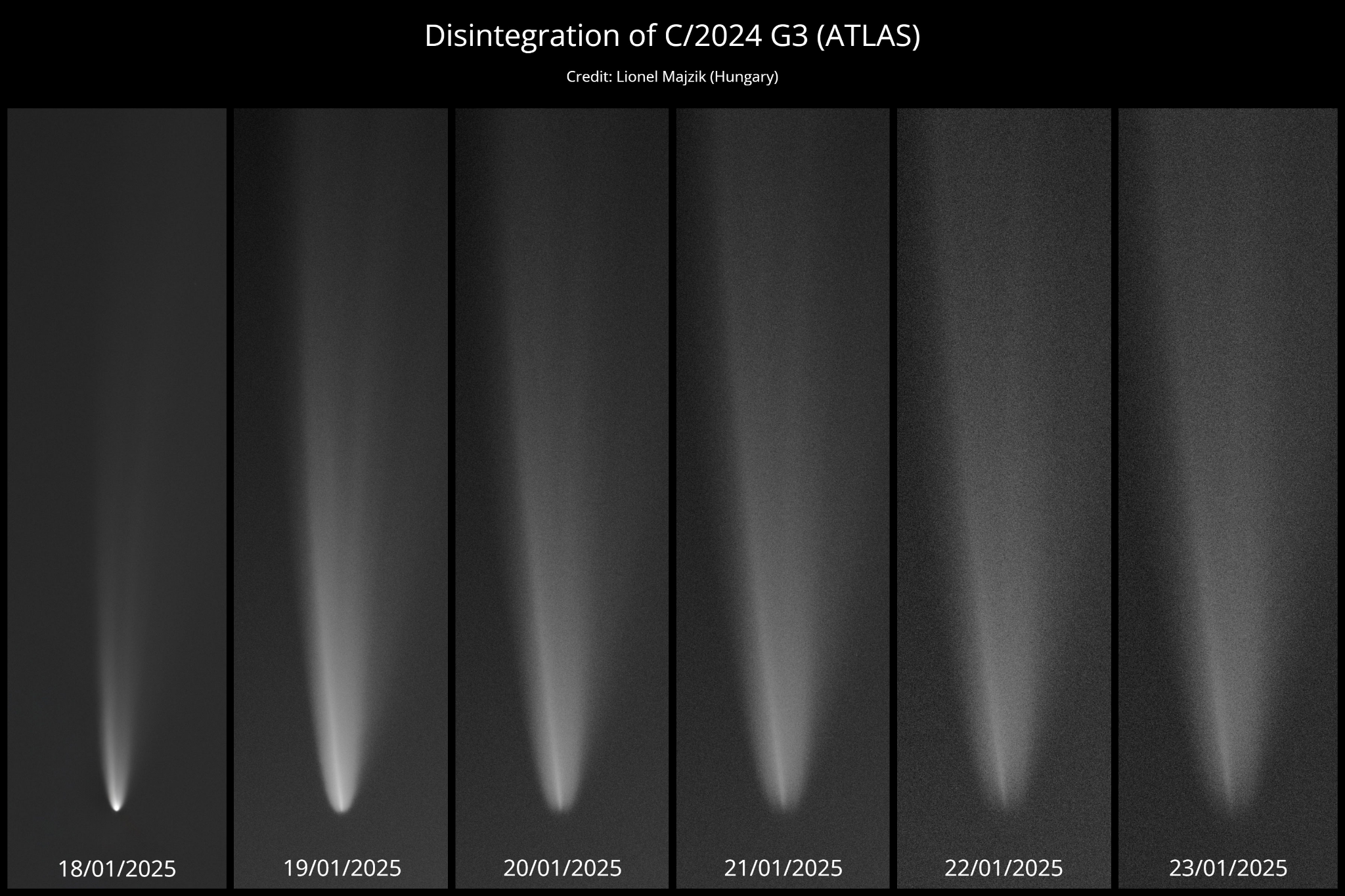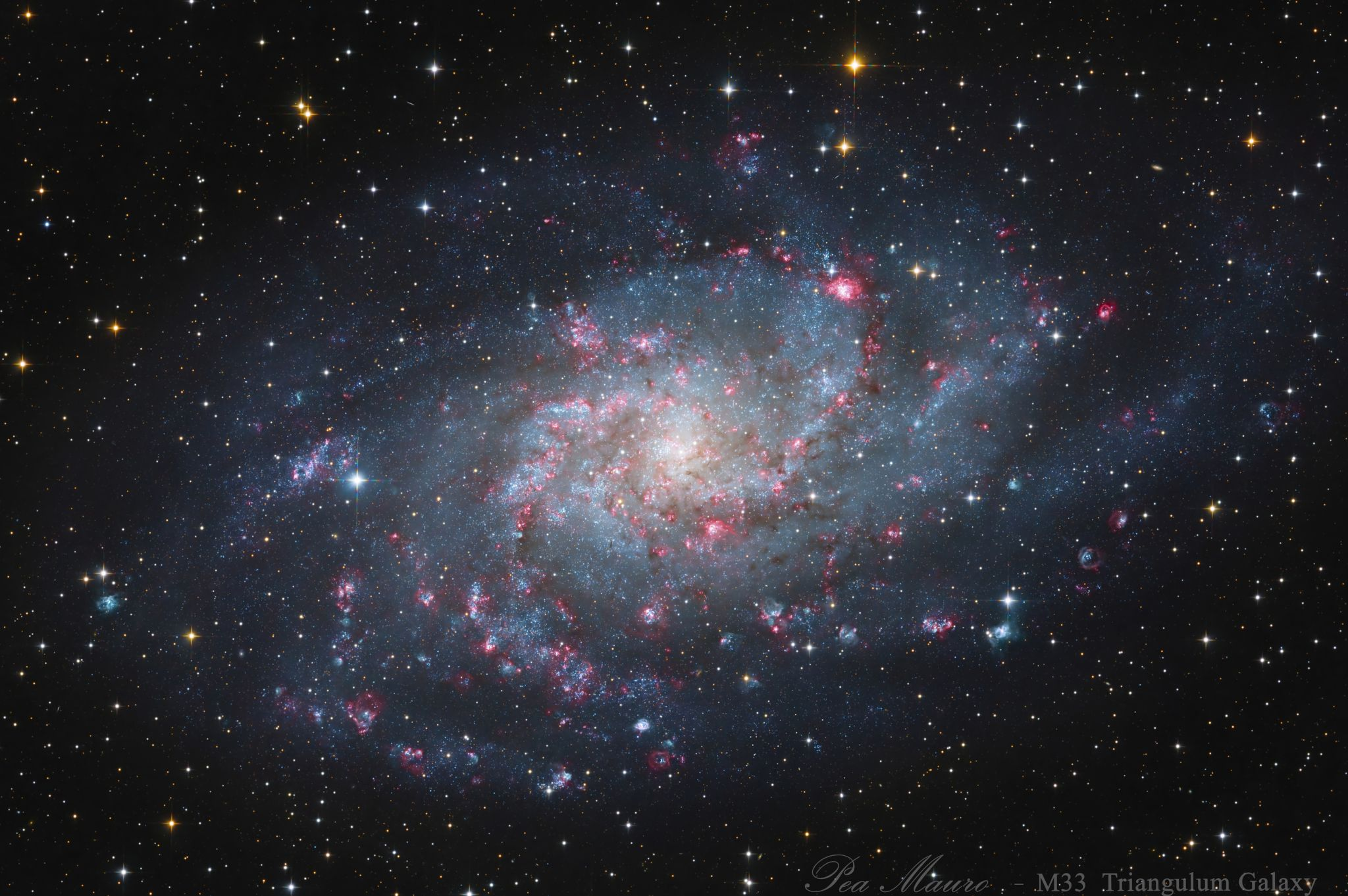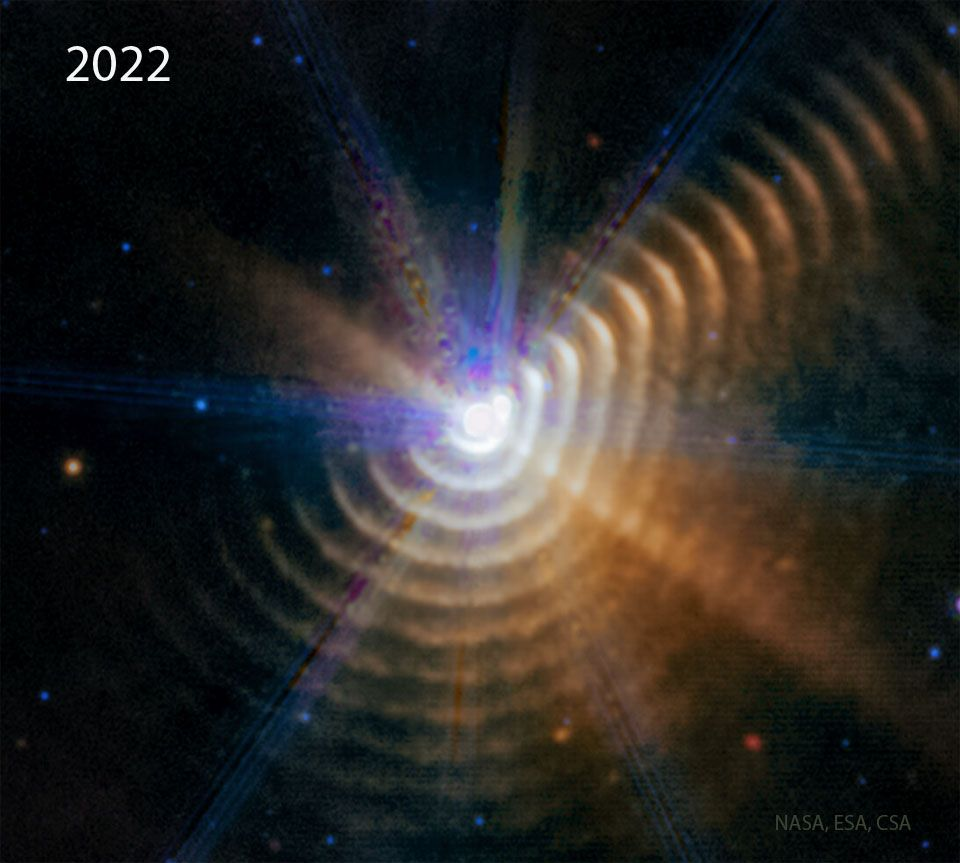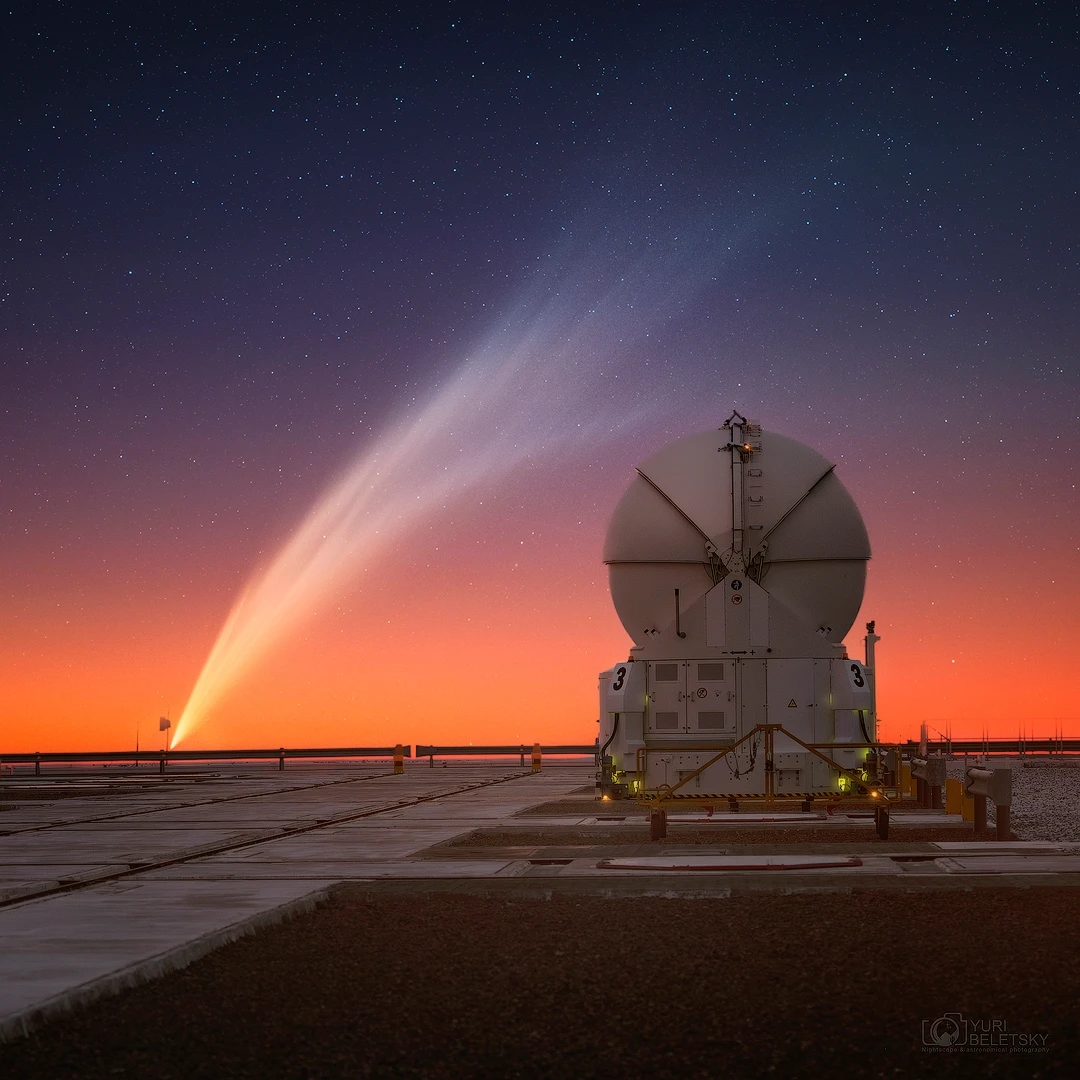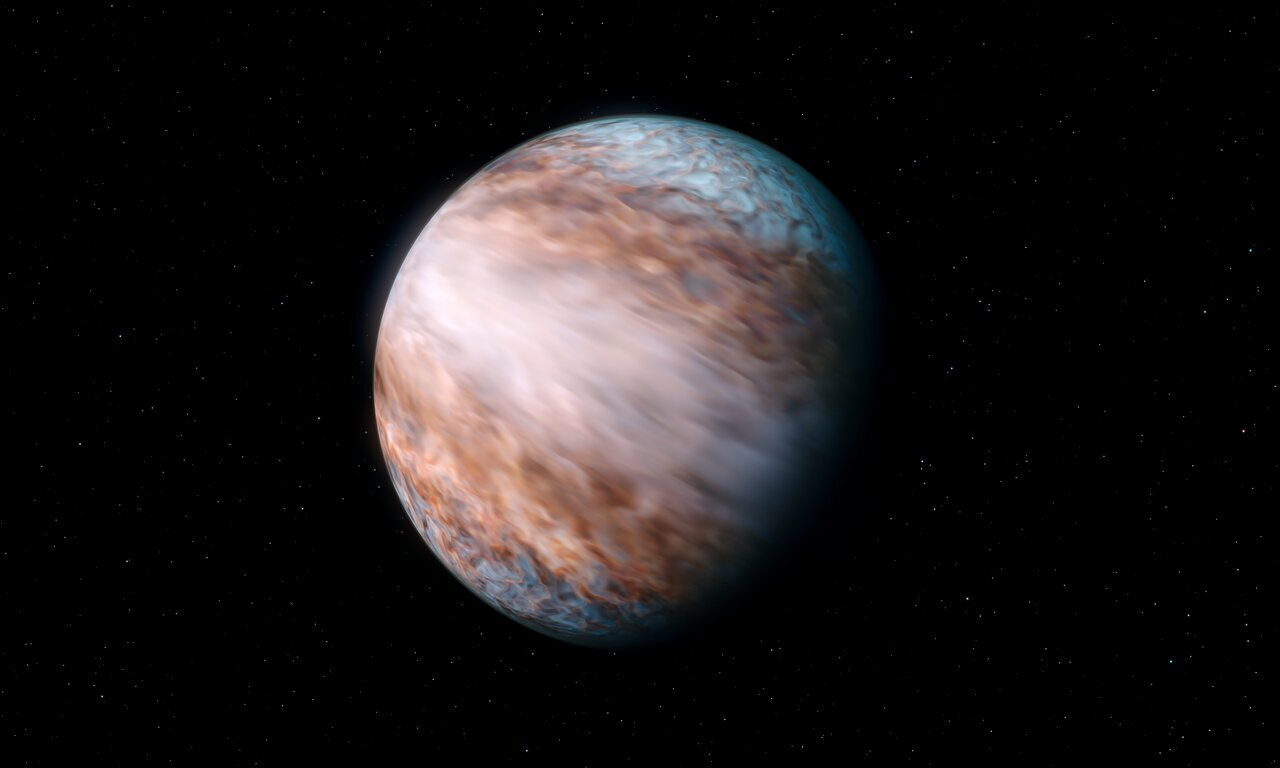Science
13268 readers
1 users here now
Studies, research findings, and interesting tidbits from the ever-expanding scientific world.
Subcommunities on Beehaw:
Be sure to also check out these other Fediverse science communities:
This community's icon was made by Aaron Schneider, under the CC-BY-NC-SA 4.0 license.
founded 3 years ago
MODERATORS
51
22
Breakthrough Brings Body-Heat Powered Wearable Devices Closer to Reality - Semiconductor Digest
(www.semiconductor-digest.com)
52
53
54
55
56
57
58
59
9
Anticrepuscular Rays: A Rainbow Fan over Spain - Astronomy Photo of The Day
(storage.science.social)
60
61
62
63
64
65
66
67
68
69
70
71
72
73
74
75

